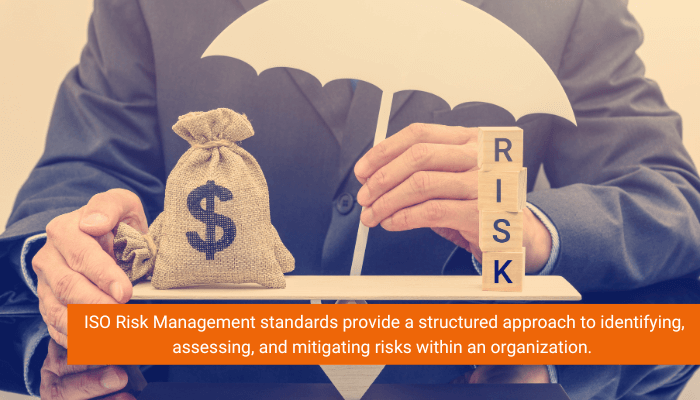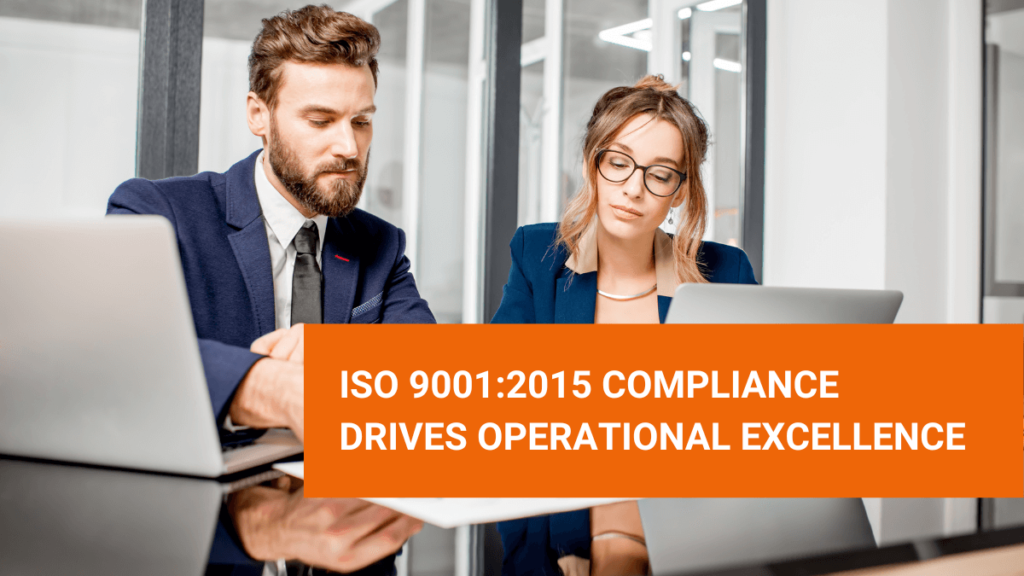Risk Management is an essential aspect of every organization’s operational strategy. It is an important aspect to focus on for all organizations. The ISO 31000:2018 Certification is an international standard that incorporates principles, proven practices, and guidelines on managing risks faced by organizations.
Organizations can protect themselves and succeed in growing their business by integrating the Risk Management Principles into their day-to-day operations. The Risk Management best practices will help improve safety and security in the workplace.
Also, it will help in improving operational efficiency, governance, and stakeholder confidence, while minimizing losses.
Risk Management also helps in empowering the top management to improve their decision-making. Additionally, initiate various management techniques proactively for the overall benefit of the organization.
Risk Management Standard – Key Highlights
ISO 31000:2018 Certification helps manage any type of risk in any business activity. The Risk Management Standard provides guidelines on principles, risk management framework, and application of risk management process. Organizations need to integrate risk management into their core business function.
The Risk Management Techniques are useful at every level of the organization. From projects to products and processes in an organization, Risk Management is an essential component. There are various principles in the Risk Management Standard Certification Manual.

The quality team has to identify the vulnerabilities in organizations through a set of processes. The Risk Management Standard will provide the right guidelines to the team.
Effective processes in place will help organizations to implement Risk Management practices. The quality team can follow the guidelines of ISO 31000 Certification Standard and identify the system gaps.
Proper Risk Management practices will help organizations keep their system and operational processes in a completely active stage. It will help the organization to avoid any circumstance where there is deviation from operational processes or quality standards.
Principles in the ISO 31000 Standard
There are 8 principles that ISO 31000 Standard consists and it is developed for the right functioning of the business operations of the organization.
The Risk Management principles will help the organization to mitigate its risk. It follows a structured approach and ensures that all stages of operations in the organization are free from vulnerabilities.
The main elements of the principles of Risk Management are as follows
- Integration – Risk Management must be a part of all the organizational processes and activities of the company.
- Comprehensive Coverage -All the potential vulnerabilities must be identified and the team must perform the corrective action
- Customize the Risk Assessment – The Risk Assessment must consider all aspects of the organization. It must look into the operations of all stakeholders, operations, processes, etc.
- Inclusion – While conducting the risk assessment, include all stakeholders in the decision-making process. Risk assessment is an important aspect of risk management.
- Periodic Risk Audit – Conduct the audit to mitigate risk periodically. There are many areas of operations in the company. Conduct the audit to identify system vulnerabilities and take corrective actions.
- Reliability – Risk Management must collect reliable and accurate information from various sources in the organization. Conduct the Risk Assessment Audit and note down the limitations and uncertainties.
- Humanity factor – Include employees across all levels of the organization. Their involvement is essential for the success of the Risk Assessment Audit and implementing the corrective actions.
- Continuous Improvement – The practice of continuous improvement is an important aspect of Risk Management. Conducting Frequent Audits and corrective actions are required to ensure the system is free from all vulnerabilities.
ISO Risk Management Standard – Key Aspects
ISO Risk Management standards provide a structured approach to identifying, assessing, and mitigating risks within an organization. By following these standards, businesses can enhance their decision-making processes and ensure resilience in the face of uncertainties.

Key aspects of ISO Risk Management include conducting thorough risk assessments to identify potential threats, implementing best practices for risk mitigation strategies, and continuously monitoring and reviewing the effectiveness of risk management measures.
By adhering to ISO Risk Management standards, organizations can proactively address potential risks, protect their assets, and improve their overall operational resilience. Embracing these key aspects is essential for achieving sustainable growth and success in today’s dynamic business environment.
How to Implement a Risk Management System in an Organization?
Risk Management System implementation in an organization requires a lot of support from the employees and other stakeholders. The implementation starts with a robust framework based on Risk Management principles.
The Quality Team will develop a robust Framework that is compliant with the ISO 31000:2018 Certification Standard. All the operational elements, process automation, business infrastructure, communication, etc., are looked into by the quality team.
The scope of the Risk Management Standard will be set by the Quality Team. Also, they will decide on the goals to achieve by the Risk Management Standard. Identify the potential risks and check the existing controls.

Include all the stakeholders in the decision-making steps to mitigate the risks at every stage of operations. The team must identify, analyze, and evaluate the risks continuously. Depending on the occurrence and frequency of the risk, it can be classified into many levels.
The classification will help in devoting time to mitigate the risk based on the intensity. Again, various departments will help to secure the organizational operations.
So, in a nutshell, risk assessment, risk mitigation, and risk valuation, all are ways to keep the organization free from any unfavourable circumstances, unauthorized access or losses, etc.
To know more about ISO 31000:2018 Certification Risk Management Standards or ISO training, connect with our team right away!



